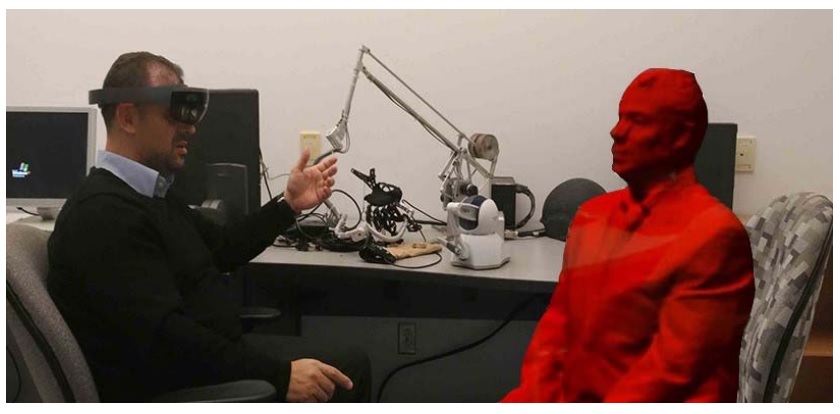Imagine sitting across from a virtual hologram of a friend who lives thousands of miles away. Now, imagine touching and actually feeling your friend—or at least the digital version.
It’s not just the stuff of science fiction anymore.
Originally developed to improve manufacturing processes, digital twins are being redefined as digital replications of living as well as nonliving entities that enable data to be seamlessly transmitted between the physical and virtual worlds.
Like what you’re reading? Stay ahead of your field and sign up here for our Build Your Career or Computing Edge newsletters to get content like this delivered right to your inbox weekly.
Digital twins also make it easier to monitor, understand, and optimize the functions of the human body and provide continuous feedback to improve quality of life and well-being.
It’s a fascinating, yet frightening, prospect. The amount of personal data alone raises some serious security concerns.
IEEE Computer Society tech experts consider digital twins a promising new tech trend for 2019. Check out our Top 10 Tech Trends for 2019.
Read more in the article “Digital Twins: The Convergence of Multimedia Technologies.”

